Valve failure is one of the most common failure observed in industries. This valve failure can be due to many reasons like instrument air failure, AFR issue, SOV issue, actuator issue, body issue or any other accessory issue.
Today we will see one incident related to actuator damage causing valve opening issues.
Background of the incident
Panel engineer of a plant observed feedback discrepancy of an on-off valve. The command to the valve was open command, while the feedback was close.
The panel engineer asked the field operator to verify the position of the valve and the valve was found physically closed. So, the panel engineer contacted Instrument Engineer to check the valve for the issue.
Actuator Passing Incidents
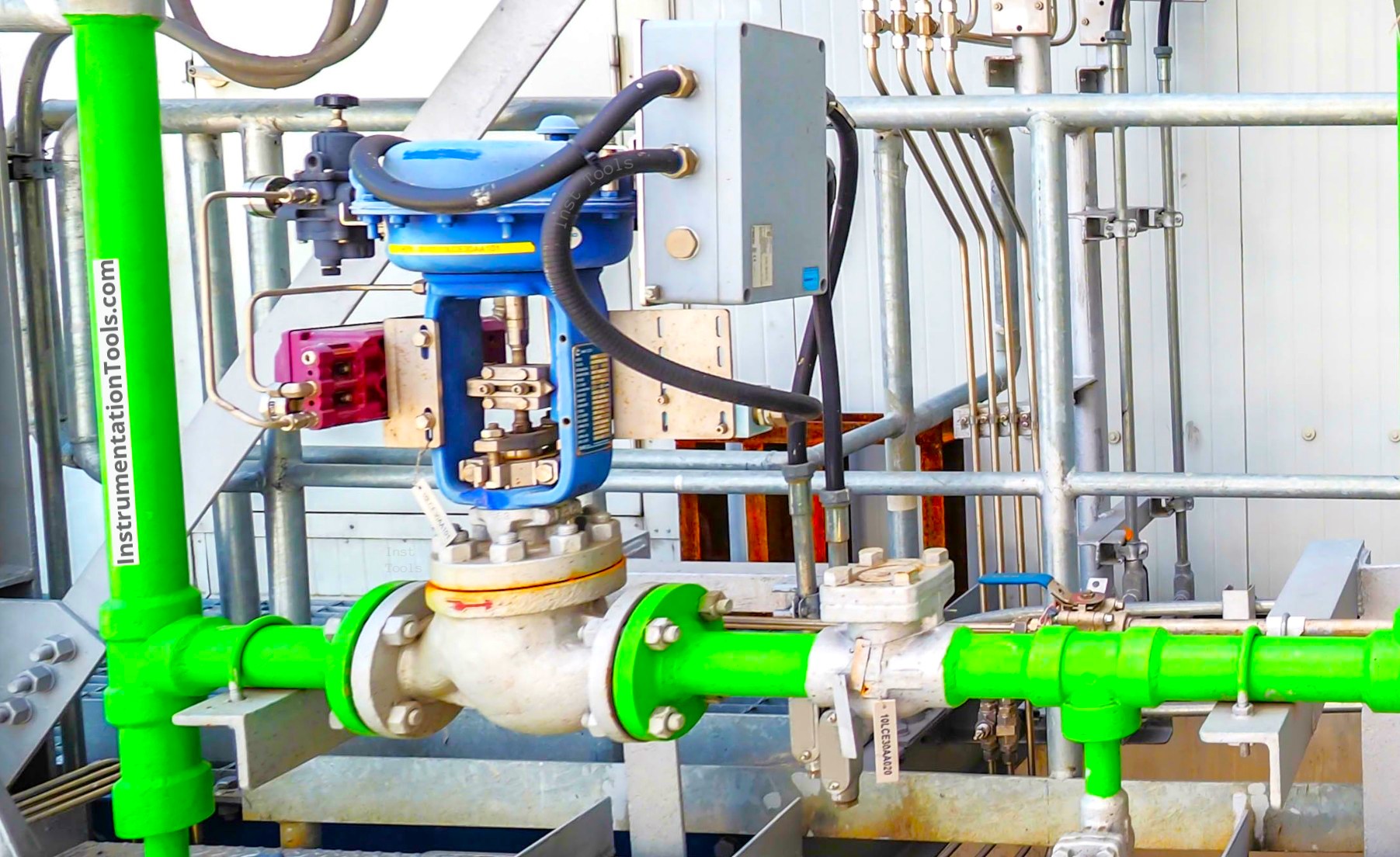
The instrument engineer went to the field to check the valve. As the valve was a bit critical, the operator asked the Instrument engineer to check the valve immediately.
The instrument engineer checked the valve thoroughly and concluded that the actuator was passing. The Instrument engineer replaced the actuator with the same type of actuator.
On the tag plate of the new actuator, it was mentioned that the maximum air pressure required was 4 kg/cm2, while the instrument air pressure set was 5 kg/cm2. So, the Instrument engineer changed the instrument air pressure to 4 kg/cm2.
The instrument engineer did the stroke check and found the valve operation ok.
What is new about this valve actuator failure?
The instrument engineer remembered something about this valve. A few days ago, a feedback issue with this valve was reported in silent hours and a technician was present in the plant. The technician attended to the feedback issue of the valve.
In conversation with the technician, the Instrument engineer came to know that the technician increased the air pressure of the valve as the valve was not getting fully closed. So, the actuator was now getting 5 kg/cm2 of instrument air instead of 4 kg/cm2 of instrument air.
The technician also said that there was no tag plate on the actuator. So, he increased the instrument’s air pressure looking at the size of the body. So, this increased air pressure might be the main reason behind the passing of the actuator.
How to Avoid These Incidents?
As an Engineer what can we do to avoid such situations? follow these
- Check the instrument air pressure setting of all the valves
- Do not blindly increase the air pressure of any valve
- When any problem is reported, do not think of a short cut to solve the problem. As in this case, the first time the feedback issue was reported, it might be possible that the valve was minor passing. So, check everything as per SMP.
Read Next:
- Identify Valve Parts Quiz with Answers
- Top 100+ Valve Questions and Answers
- Top 100+ SCADA Questions and Answers
- Top Limit Switch Questions and Answers
- Electrical Engineering Documents Questions
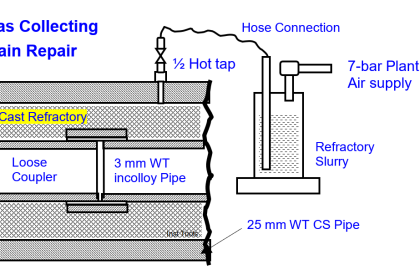

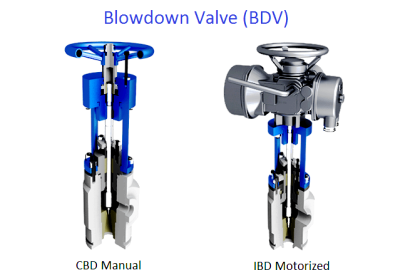

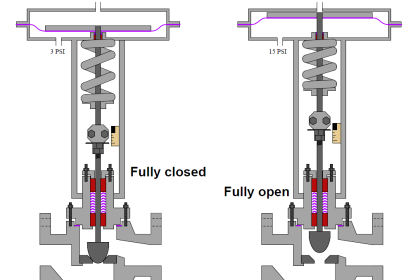
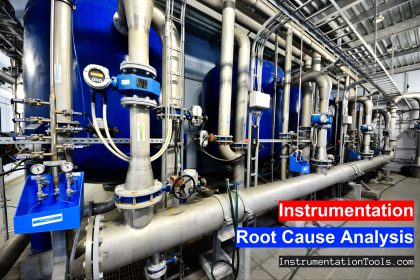
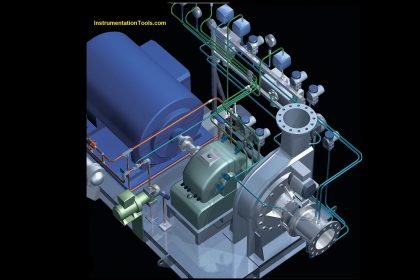
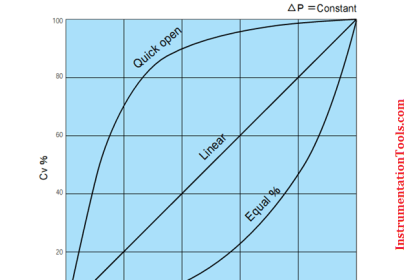
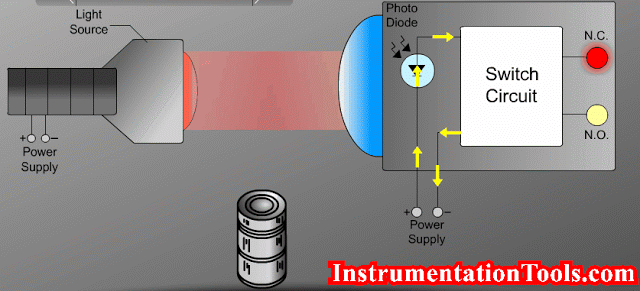
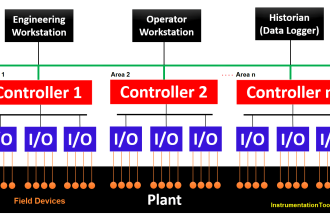
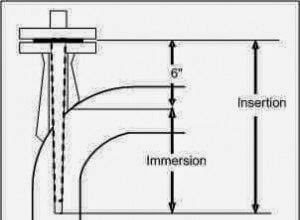

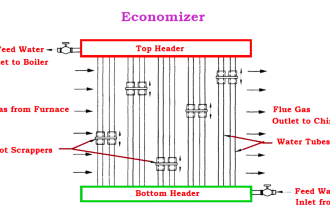
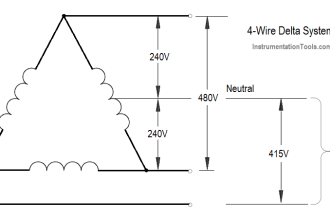

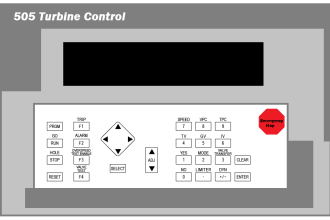

kindly share few guidelines or procedure or standards for packaging and storage of control valves and other instrumentation items, to ensure it is preserved properly with out affecting it functionality even for longer storage.